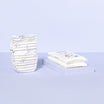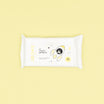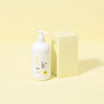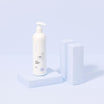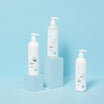There's no such thing as an organic or biological nappy.
There is no such thing as a "good for the environment" nappy.
OK, that's out of the way.
--
So what do we do that's different ?
We're aware that many nappy brands out there are trying to convince parents that their nappies are recyclable, or organic, or made out of cotton, or God-knows-what.
JOONE has chosen to be a transparent brand and to give you facts rather than pretty marketing promises.
We give you all the details about our toxicological analysis, our manufacturing and retail strategy.
We produce a nappy that is as heathy and ecologically responsible as possible, with the shortest carbon footprint on the UK market.
SHORTEST CARBON FOOTPRINT. EVER.
Your JOONE nappies are transported as little as the market allows. They are produced in the Vosges region, then transported by lorry to our logistics warehouse near Lille, which prepares our orders and sends them to the Colissimo International centres near Lille. Colissimo dispatches the orders to our different regional centres.
Pooling transport lets us reduce our ecological impact by having the same truck deliver 5 to 10 parcels on each delivery round.
For the UK market, this means about 5 times less carbon footprint than for any nappy manufactured in Eastern or Southern Europe.
It's 20 times less than those manufactured in Asia.


